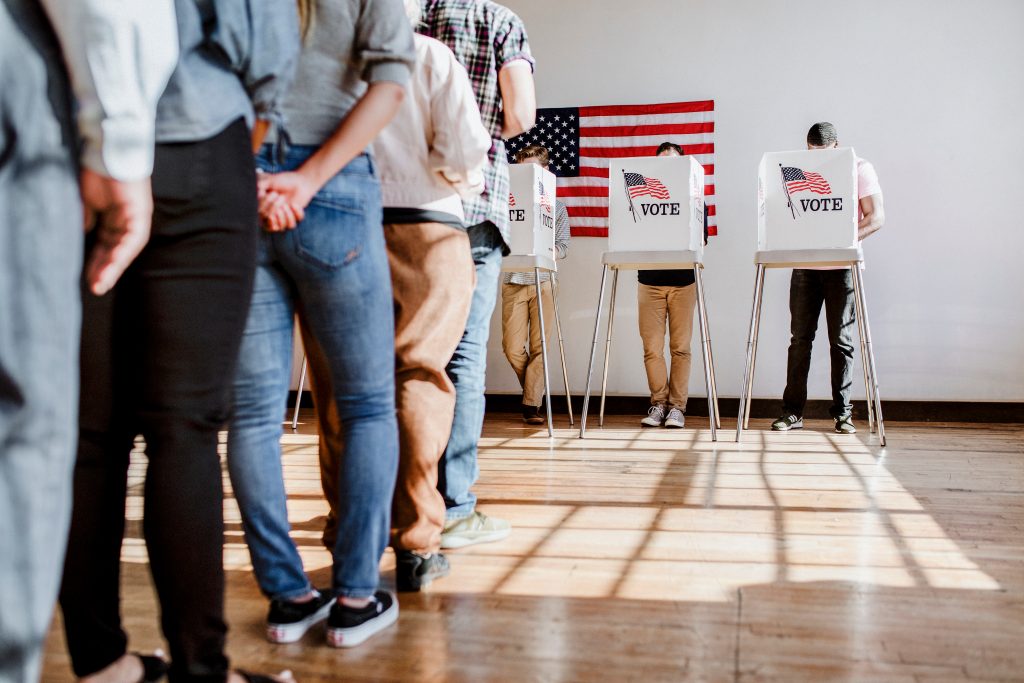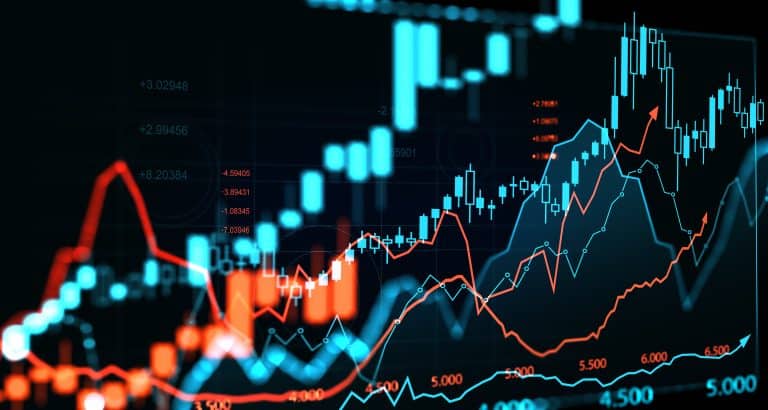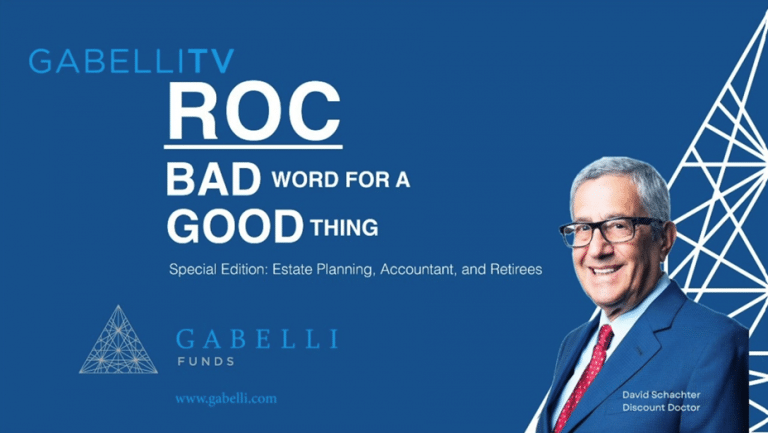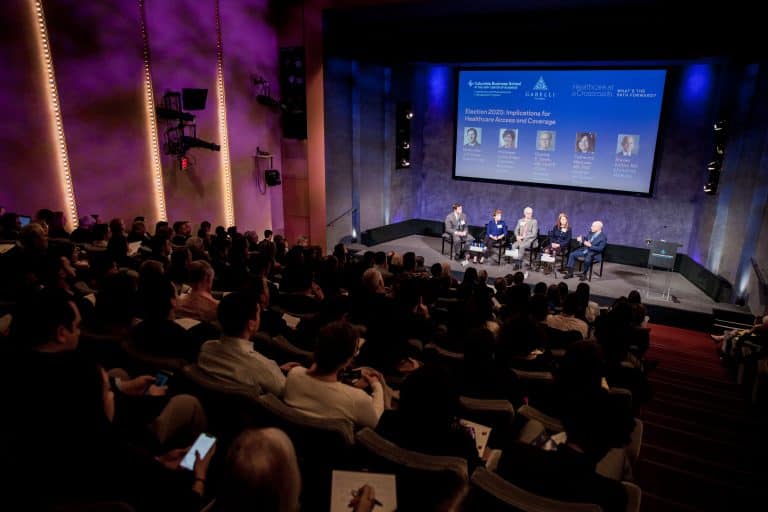Q2 2024 Commentary
A Tale of Two Markets
Introduction
At the halfway point for 2024, the country, the economy and the market appear increasingly bifurcated. The S&P 500 rose 4% and 15% for the three and six months ended June 30, 2024, but a handful of stocks again drove performance, with the top 10 stocks accounting for 37% and 70% of the S&P’s weight and first half return. The remaining 490 S&P stocks were -1% and +4% for the second quarter and first half, respectively. We are seeing signs of a long-awaited mean reversion; whether this sustains or fades like previous rotations depends largely on the direction of the economy/interest rates and government policy. We certainly cannot promise recoupling any time soon, but for better or worse, the back half of the year should bring clarity.
The Election & The Economy
Like many, we would prefer to avoid the discussion of politics, but the US election occupies center stage and may determine the near-term direction of market prices. When considering the impact of this election we ask two questions. First, will the electoral process – the nomination, campaigning, voting and transition of power – function smoothly without damaging the nation’s global credibility or its citizens’ appetite for investment? We, and we suspect most people, are braced for unpredictability after a divisive 2020 contest. Second, what are the policy implications for growth, productivity, regulation, taxation and a host of social issues, especially in a Republican sweep? Our analysts have been evaluating these outcomes across a range of industries. While Trump’s 2016 election memorably led to an overnight market sell-off followed by a sharp rally, particularly in many value-oriented sectors such as financials, today’s starting points are different. Muscle memory may trigger a second Trump victory rally, but eventually fundamentals, including the possibility of renewed inflation as neither party likely aims to tackle a national debt exceeding GDP, take hold. In any case, recent post-election market dislocations in Mexico, France and the UK offer evidence that even expected outcomes may not be fully discounted into prices until the votes are counted.
President Biden became vulnerable at least in part because the cost of living has increased over 20% since he took office and the post-Covid economic recovery remains uneven. At this writing, inflation is headed lower but perhaps for the wrong reasons. Each day brings worrying signs about the health of the consumer – retail/housing sales, surveys of confidence, corporate profit warnings. Having previously tempered expectations for interest rate cuts, the Federal Reserve may finally act in September (if not sooner). It may be too late to stave off recession, but at least the Fed has the dry powder to cushion any economic softness.
Mr. Market
We have written extensively (e.g., our 2020 whitepaper The Nation State Companies, available at www.gabelli.com) about the unusual level of concentration of this market. Whether termed the FAANG or the Magnificent 6 or 7, the world’s largest public companies command a far disproportionate share of the approximate $115 trillion world equity market and GDP. Indeed, the top three S&P components – Microsoft, Apple and NVDIA – each now exceed $3 trillion in market capitalization and almost 10% of global equity. On the surface, this may be surprising considering that all else equal, higher interest rates most negatively impact growth assets with cash flows concentrated in the more distant future. However, investors have viewed the largest growth companies as safe havens with fortress balance sheets, defensible cash flowing businesses and secular tailwinds, especially in areas such as Artificial Intelligence that should offset cyclical and political headwinds. This raises at least three questions about the Mag 7: (a) what happens to safe havens in a declining rate and/or renewed economic cycle? (b) how can these companies continue to grow at the rates demanded by their valuations when they are already so large relative to the global economy? and (c) if AI is the future, will these companies continue to dominate?
The subject of Artificial Intelligence is beyond the scope of this letter, but we have begun experimenting with it in our own work and believe the technology will indeed be transformative in ways we cannot predict. While we are not labeling AI a “bubble” today, our experience with past technology cycles and knowledge of several members of the Mag 7 suggest near/medium term caution. Notwithstanding this view, the AI growth vector adds to our existing interest in the utilities and infrastructure sectors, among others. Ultimately though, we believe relative valuations and our economic outlook support our focus beyond the mega-caps. We see the most bargains among non-household names and businesses some would consider dull and boring.
Deals, Deals & More Deals
A plateauing of interest rates has helped to spur mergers and acquisitions (M&A) activity. While down in the second quarter, global and US deal volumes rose 18% to $1.5 trillion and 39% to $813 billion, respectively, in the first half (LSEG Data & Analytics). Importantly, we have begun to see a return of private equity buyers to the market as financial sponsor volumes rose 36%. At this point in the year, corporate boards must weigh waiting for a potential Trump administration friendlier to M&A (likely, but not a given) against an attempt at a deal under the fog of the election. A similar calculus plays into the decision to launch an IPO where US activity surged 32% in Q2 (EY Global). Finally, financial engineering – an important catalyst for surfacing value and identifying new ideas – remains alive and well. Larger transaction completed in Q2 included the final separation of GE’s power business (now called GE Vernova) and its aircraft engine business; over the next twelve to eighteen months we look forward to DuPont’s and Vivendi’s separation into three companies each, Liberty Global’s spin of its Swiss telecom unit and the long-awaited completion of Liberty SiriusXM’s split-off and subsequent combination with SiriusXM.
Conclusion
Among Warren Buffett’s most famous aphorisms is his predilection for companies like Coca-Cola that could be run by a “ham sandwich.” Running America, Inc. does require a bit more skill, but we are heartened by our belief that our nation’s institutions and cultural framework have allowed its creativity and entrepreneurism to thrive under graver conditions. Our advice for contending with these divided times is to tune out what is often noise and concentrate on the daily tasks of life. For our part, we continue to remain focused on economic and corporate fundamentals in attempting to identify quality franchises trading at substantial discounts to Private Market Value TM.










